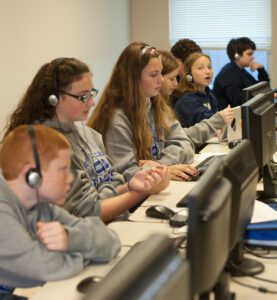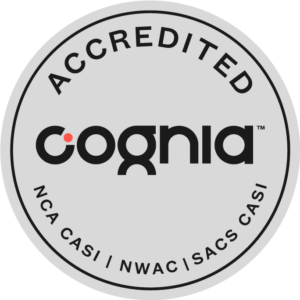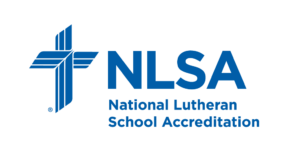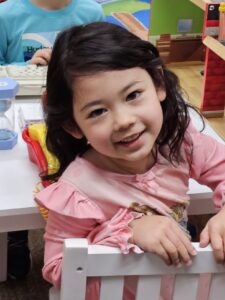
Lessons in Technology

Some of our best conversations as teachers happen in the hallway. A parent asked me recently what types of things we do in our Technology classes. After describing specific activities (visual programming with Scratch and Hour of Code, writing with Microsoft Word, Internet-based research, etc.), I found myself drawn more to describing the “how” rather than just focusing on the “what”. Answering this parent helped me identify even more what my mission here at Hope is, and what I consider to be the most important things to teach about technology. While it may not surprise some parents, the most important thing to teach about technology isn’t really about technology at all. To explain what I mean by this, a few examples are in order.
During most classes, students are given the opportunity to earn a few minutes of “free choice” time at the end of class. Anything we have ever done in class as a lesson so far is on the list of choices. The first lesson about “free choice” is that like most things worth having, it’s not free. Following the suggestion of a first grader last year, we often call it “earned free choice”.
Students earn free choice time by following the rules of the Computer Lab and Hope in general. One of the first and most important roles in the Computer Lab, for all grades, is that we don’t touch another student’s mouse or keyboard unless we are specifically partnering with them on a given task. The reason for this is that very few people learn by only watching someone else. It’s also a great way for students to develop the skills to become better helpers — something many well-meaning students unintentionally “overdo”. Students helping in this way also develop their critical thinking skills by giving hints, offering suggestions, and asking questions. In this way, we become one another’s teachers and mentors by helping them find their own way over the particular obstacle they are facing rather than just moving them aside and doing it for them (very tempting, because it’s much easier).
I am most proud of the moments when I see students allowing the other student to discover a solution themselves. Education often talks about the fact that teachers need to be “the guide on the side” rather than “the sage on the stage”, and this model applies as well to students and how they can best help one another. These skills of gentle support and compassion, more than any specific technology skill, will take them far in any field they pursue.


